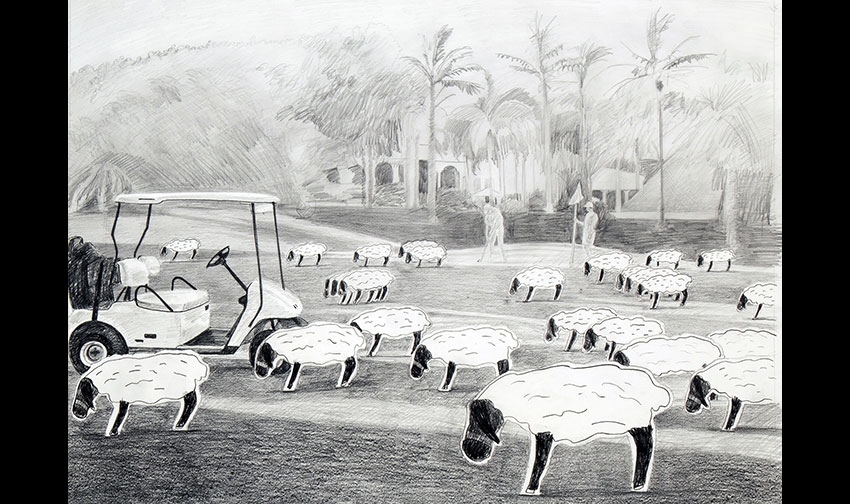
Image Usage Rights
Blue Cat Gallery & Studio may photograph and reproduce accepted work for promotional purposes.
Submission Deadline: June 1, 2019
Exhibition Theme & Eligibility: Signs of Rural Life 2nd Annual Juried Exhibit
- Open to artists of all career levels from emerging to professional, 18 years of age or older
- Submit up to three entries created in the last two years; $25 non-refundable entry fee required
- Max Size: no one side larger than 50” (3-D work requiring a pedestal, no more than 20” wide or deep)
- Any media including painting, works on paper, printmaking, photography, sculpture (excluding installation art)
- Works must be display ready (wrapped canvases are permitted, 2-D work must be wired and ready for hanging)
- By entering the exhibit, artists whose works are selected for the show grant Blue Cat Gallery & Studio the right to use submitted images on printed materials, gallery website & social media sites for promotional purposes.
- Artwork accepted for the exhibit must be for sale. Blue Cat Gallery will receive a 25% commission for each work sold from the exhibit. Payment for works sold during the show will be issued within 30 days of the end of the exhibit.
About the Juror: Amber Hansen
Amber Hansen is a filmmaker, muralist, visual artist and musician creating socially engaged and community-based artwork throughout the Midwest. Establishing a dialogue between her formal education and the ethics of her rural upbringing, Hansen’s work promotes the value of creative engagement for all ages while raising questions about the ethics of animal welfare and humans’ relationship with food. Hansen is the co-director & co-editor of the feature documentary Called to Walls, a film that celebrates the potential of community-based art in the Middle of the U.S. through the mural works of Dave Loewenstein. She is currently the Assistant Professor at the University of South Dakota where she teaches painting. About her work, Hansen states, “I am contemplating contemporary farming practices that perpetuate the over-production and exploitation of humans, animals, and food and how different systems of growing food and eating are influenced by propaganda, media, culture, and tradition.”
